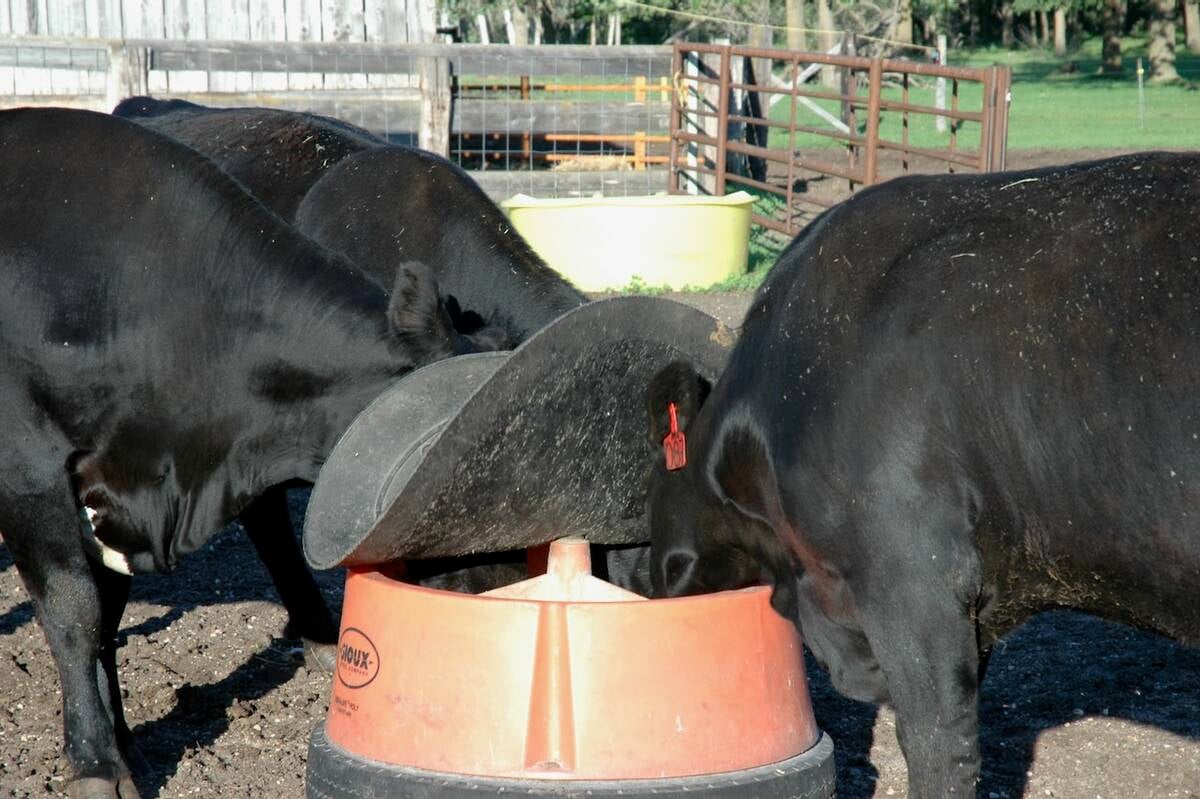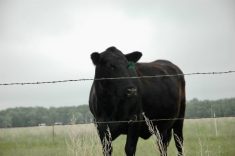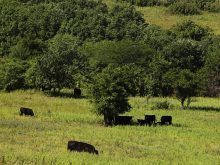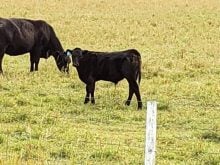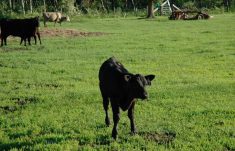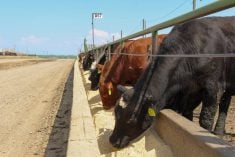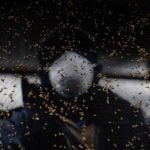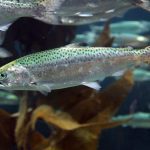Zinc plays such a vital role in beef cattle nutrition that it’s hard to believe it’s only required in extremely small amounts.
Most of the time, we simply forget it’s present when we provide loose cattle mineral on pasture. However, when it’s not there in the required amounts, or somehow gets biologically tied up, we eventually find out.
That’s why it’s important that cattle eat a well-balanced, zinc-fortified mineral in order to prevent any zinc deficiencies.
Read Also

Gentle treatments for pain in the neck
Heading toward year-end, people unknowingly tense up against the cold and busyness, causing neck pain that can often be treated with appropriate support and gentle mobility, athletic therapist Kathlyn Hossack says.
Most commercial pasture cattle minerals are formulated with about 10,000 mg/kg zinc to be fed at rates of at least 50 grams per head per day. Such predicted intake covers the National Research Council recommendations for dietary zinc in most classes of beef cattle. Factors such as age of the animals, growing and production status, stress and disease challenges are taken into account and often call for additional zinc to be added to cattle mineral.
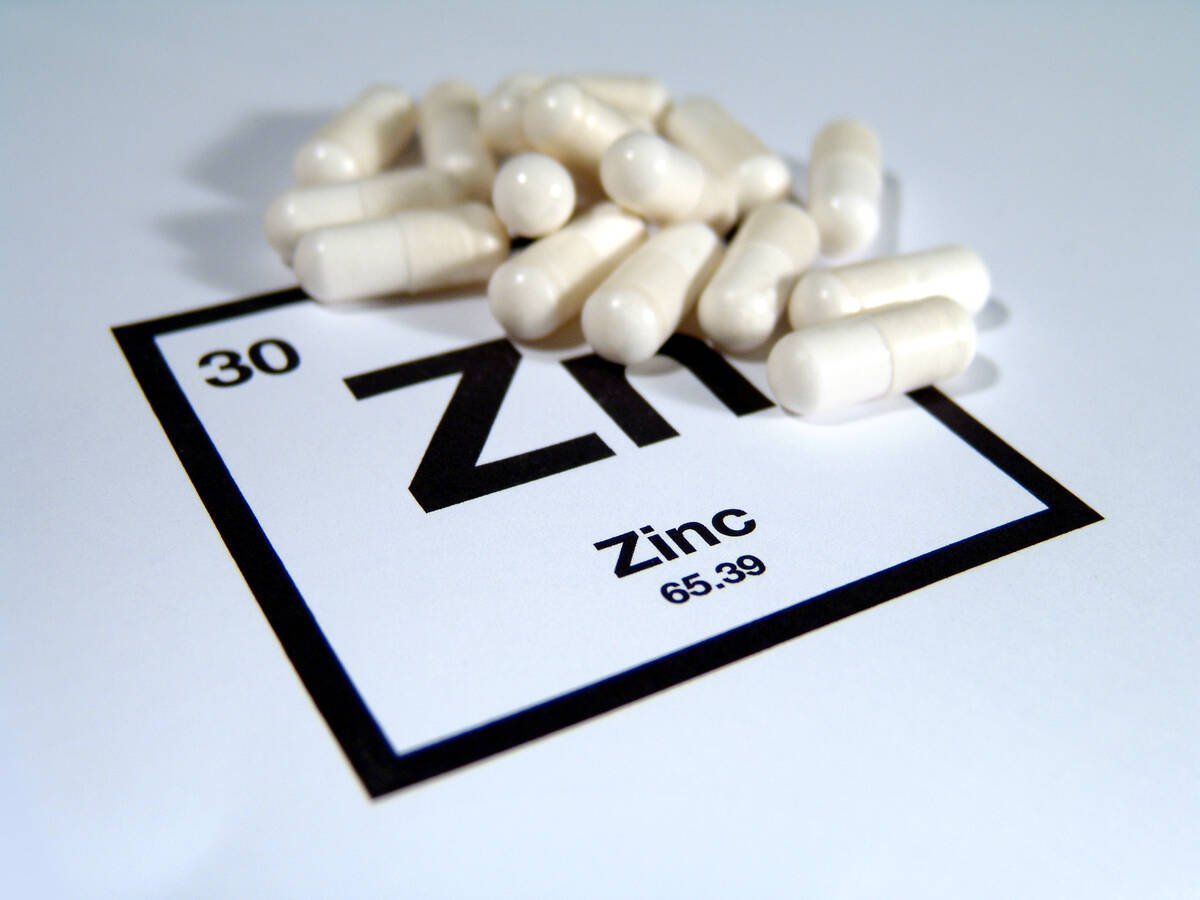
Such trace amounts, compared to other essential nutrients, show us just how powerful zinc really is in beef cattle nutrition. For example, an average beef cow requires about one kg (2.2 lbs.) of crude protein per day to cover biological functions: vital body maintenance, producing milk, growth, immune function, reproduction. On the other hand, 500 mg of pure zinc equals 0.7 grams of zinc oxide, which gets lost at the bottom of a small teaspoon.
The odd thing about zinc is that it often works side-by-side with crude protein (and other essential nutrients) in the metabolisms of beef cattle. That’s because it’s scientifically proven to be part of more than 300 of their enzyme systems (specialized proteins that trigger chemical reactions in the body), and therefore is involved in energy metabolism, protein synthesis, DNA functions and the internal workings of cattle immunity.
Here is what we should expect from feeding zinc at recommended amounts to beef cattle:
Strong hooves
Because zinc is part of specific enzyme systems involved in epithelial (skin) formation and repair, feeding extra dietary zinc is thought to strengthen cattle hooves, particularly under harsh field and housing conditions.
A few years ago, I was working with a beef producer who calved out about 150 cows. Many of these cows seem to have very soft hooves and had a higher incidence of foot rot on pasture. Therefore, I formulated a loose mineral with four grams per head of zinc-methionine. It could have been coincidence, but fewer lame cows were treated by the end of that summer.
Good immunity
One particular field study showed zinc-methionine supplementation in spring calves enhanced their immune response to vaccination. The study was conducted on calves no more than two months old — when their colostrum immunity is in decline and their permanent immunity is not yet fully developed.
In this way, a Colorado study showed about one-third of pre-conditioned weaned calves were still getting sick after they were shipped to feedlots. This high incidence of morbidity was traced back to poorly formulated cow-herd mineral lacking sufficient dietary zinc and other important trace minerals.
Reproduction
Zinc plays an essential role in many of the average cow reproductive functions such as strong estrus cycles, improved conception rates, normal post-partum uterine involution and reduction of metritis. In the bull pen, zinc is essential for sperm production and circulating male hormones such as testosterone. A study at Kansas State University demonstrated that viable sperm counts in Angus bulls increased by one-third when bioavailable chelated zinc was fed.
Such positive responses were due to feeding more bioavailable organic sources of zinc — namely zinc-methionine. Subsequently, ruminant scientists will tell you that competitive inorganic zinc sources are still biologically active, but their supplementation in cattle mineral often doesn’t elicit a response due to many compounds that may bind them up in the cattle diets. Zinc-methionine, on the other hand, retains its high biological activity because it cannot combine with other systematic compounds.
Regardless of the source, there is no doubt as to zinc’s essential role in beef cattle nutrition. But zinc is only part of any well-balanced cattle diet, which must also contain other essential nutrients such as energy, protein, other minerals and vitamins. Plus, they must all work together to promote successful health and performance in beef cattle.


